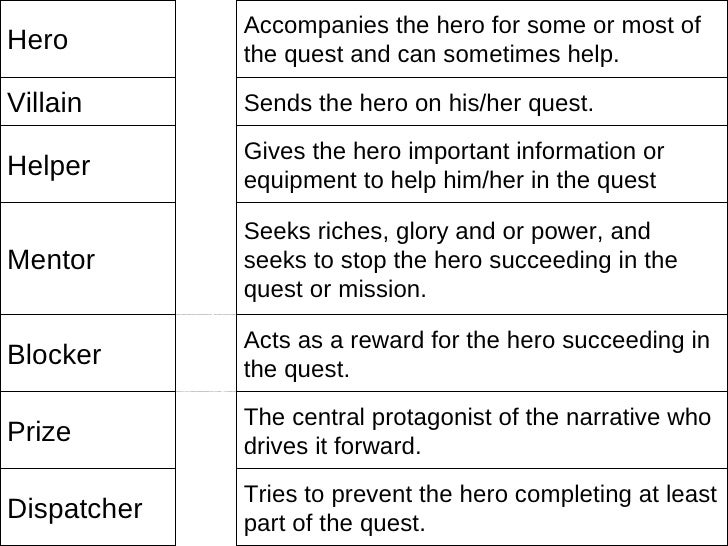Vladimir Propp suggested that in every example, regardless of the narrative, there is always a certain figure that represents a certain role. An example of this is in many films/tv shows where a hero/heroine is represented as a lead role in the narrative. Normally the hero is looking to solve a problem, often, especially in productions derived from DC or Marvel comics, this is a character that leads two lives, one of which is in secret. a representation of a heroine is very similar to the hero, however their are minor differences. Often a heroine can be representative of a meddling female character, such as Catwoman on The Dark Knight Rises, who at first appears to be a villain, through her thieving, deceitful nature, which occasionally lands some kind of inconvenience to the protagonist male, however these characters normally come to the aid of the hero in their time of need.
In every heroic story, there must be a villain. The villain is often presented in dark, or with a distinctive look, such as in The Dark Knight, where the Joker is displayed as a clown, wearing a shabby purple suit jacket and an often be found shadowed, where focus is occasionally focused on the scars on his face. This character will pose a complicated threat to the hero, or their constituency, hence causing the main narrative.
Propp and Todorov both suggested that a narrative structure is present in most, if not all media products. These structures are compared below.
 |
| Propp's 7 Character Types - SlideShare |
| An example of Todorov's narrative theory from slideshare
http://www.slideshare.net/SathMan1/vladimir-propps-and-tzvetan-todorovs-narrative-theory
|
- Preparation
- Complications
- Transference
- Struggle
- Return
- Recognition
Todorov
Todorovs theory suggested that all narratives, from all media types, contain five stages, in this order;
- Equilibrium
- Disruption
- Recognition of Disruption
- Attempt to Repair Disruption
- A Return or Restoration of Equilibrium
No comments:
Post a Comment